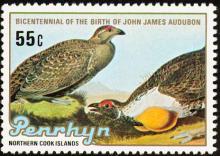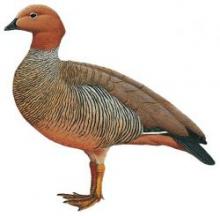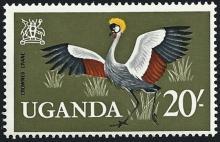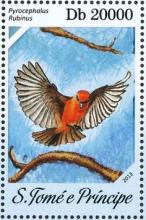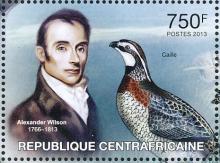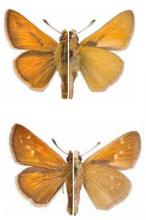Wyoming sage grouse population expected to decline in 2017
New data on the Wyoming sage grouse (Centrocercus urophasianus) population reveals bird numbers will likely decline in the coming year based on an analysis of sage grouse wings provided by hunters. In 2016, there were 0.9 chicks per hen, down from 1.7-1.8 documented in 2014 and 2015. This ratio is near the low of 0.8 chicks per hen noted in 2012. The 10-year average, from 2006-2015, was 1.2 chicks per hen. Grouse numbers declined in most of those years. Researchers following radio-marked sage grouse across the state also reported low nest success and chick survival in 2016.

